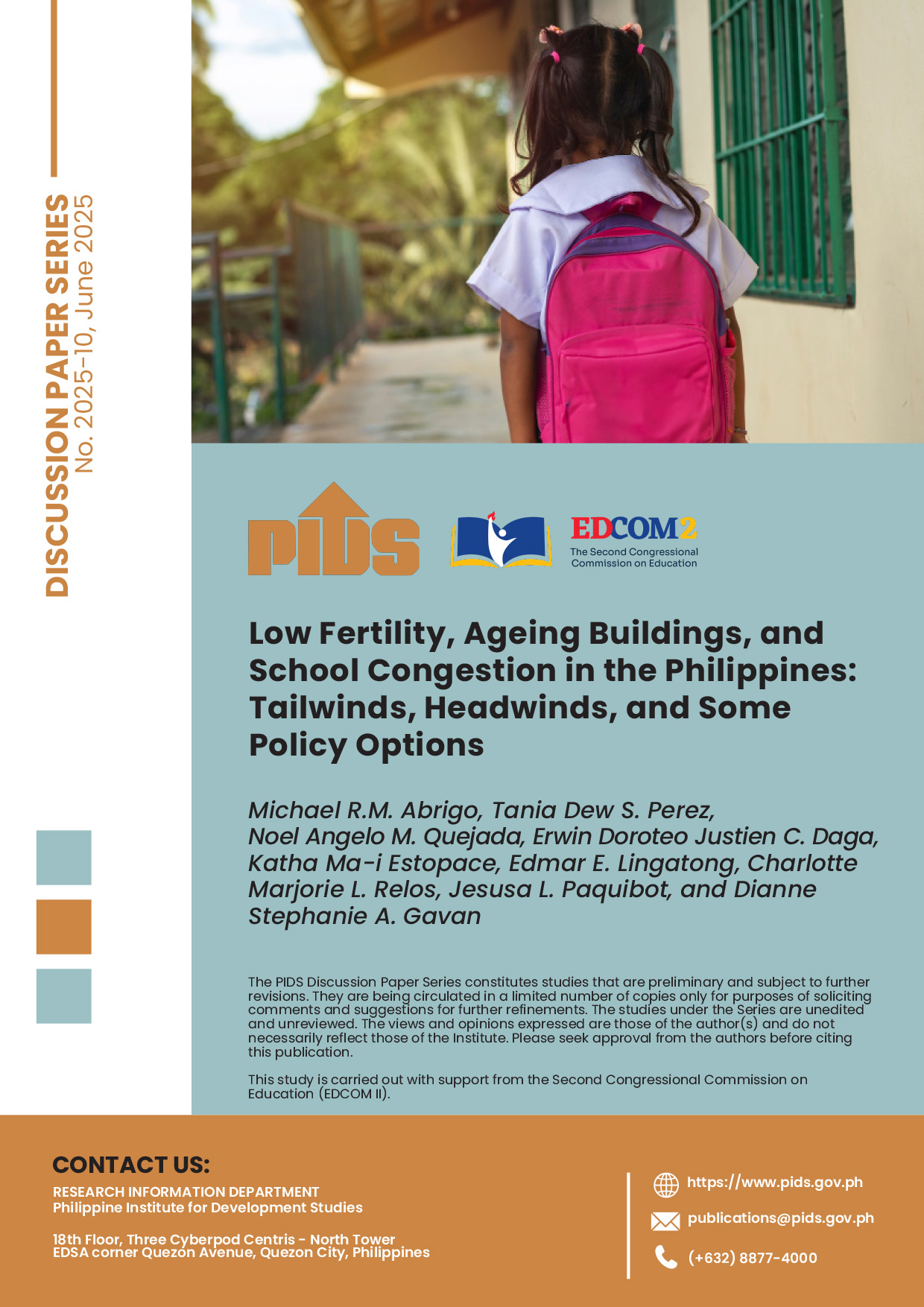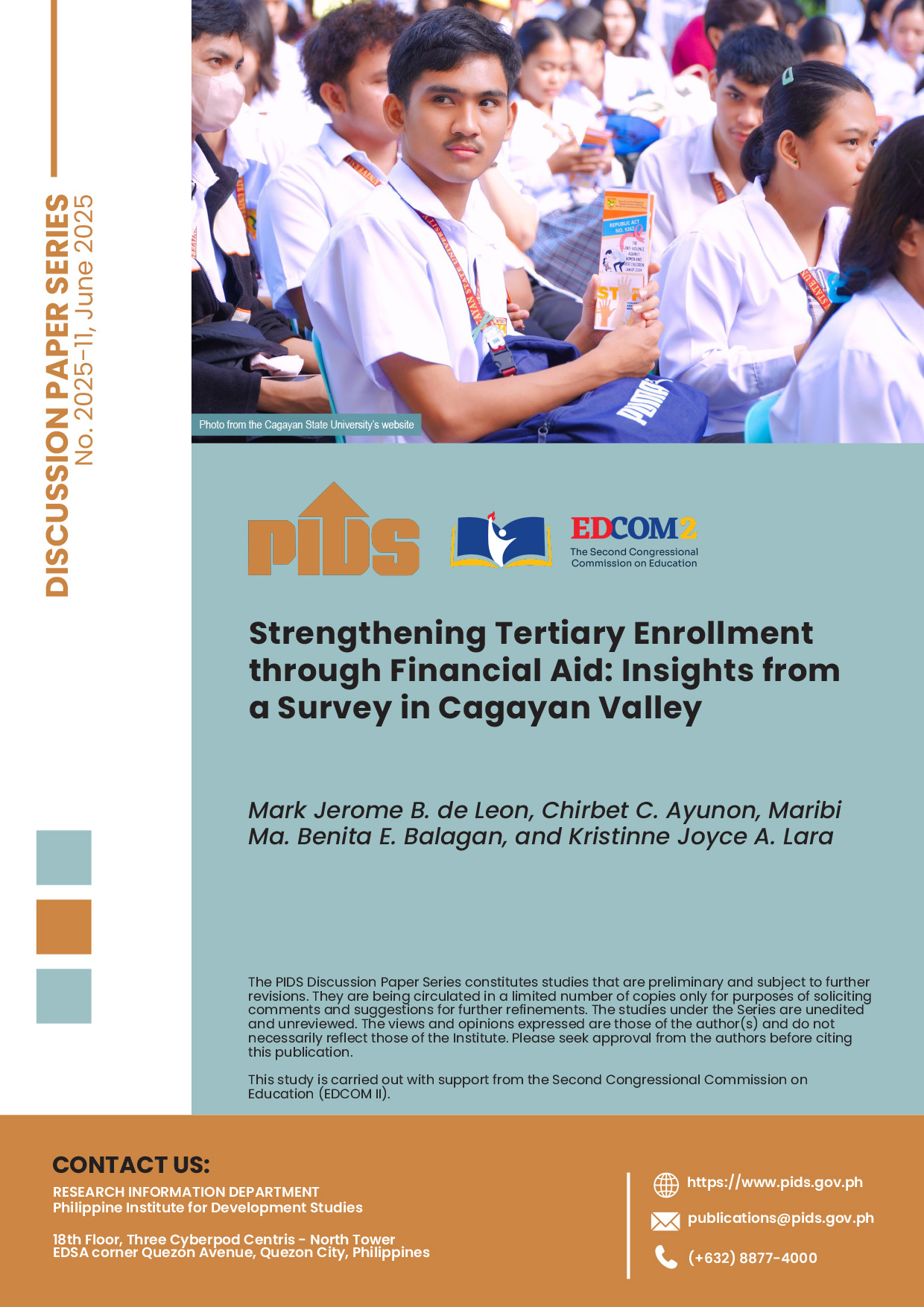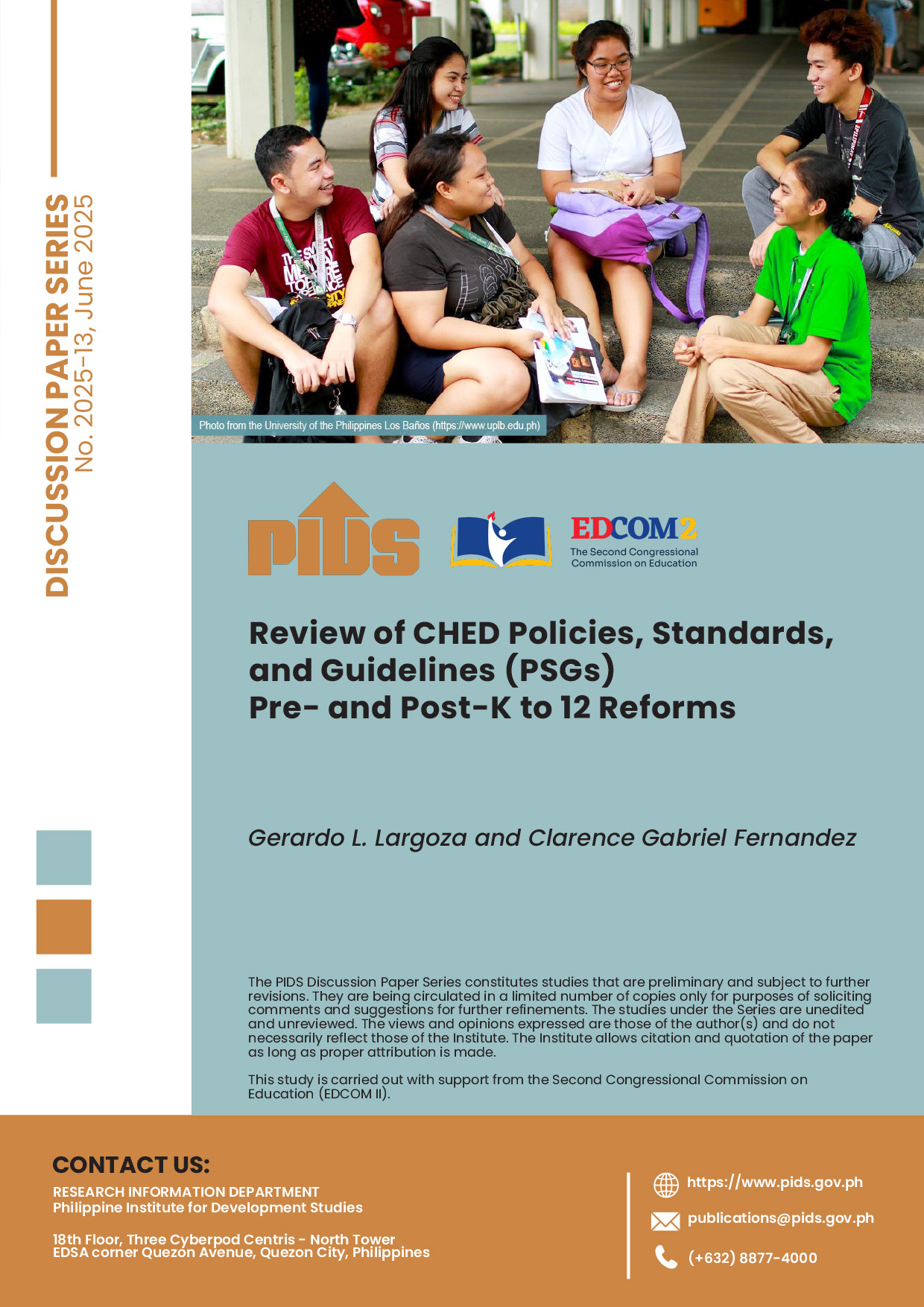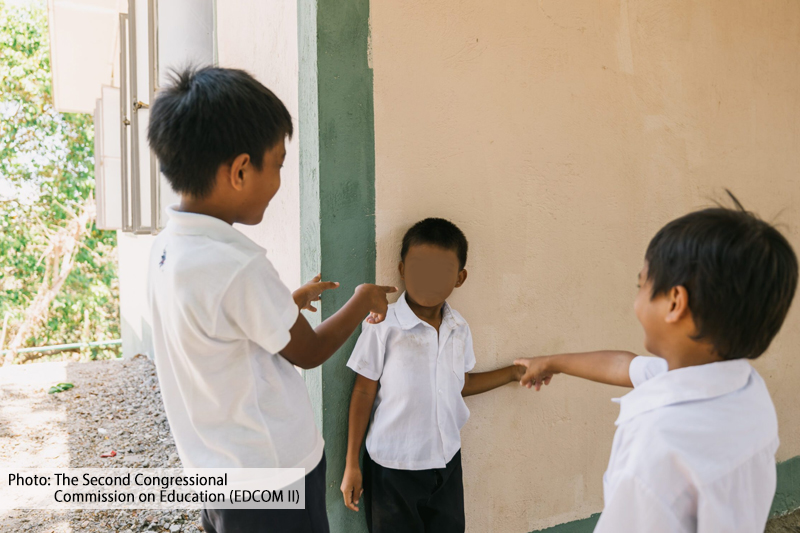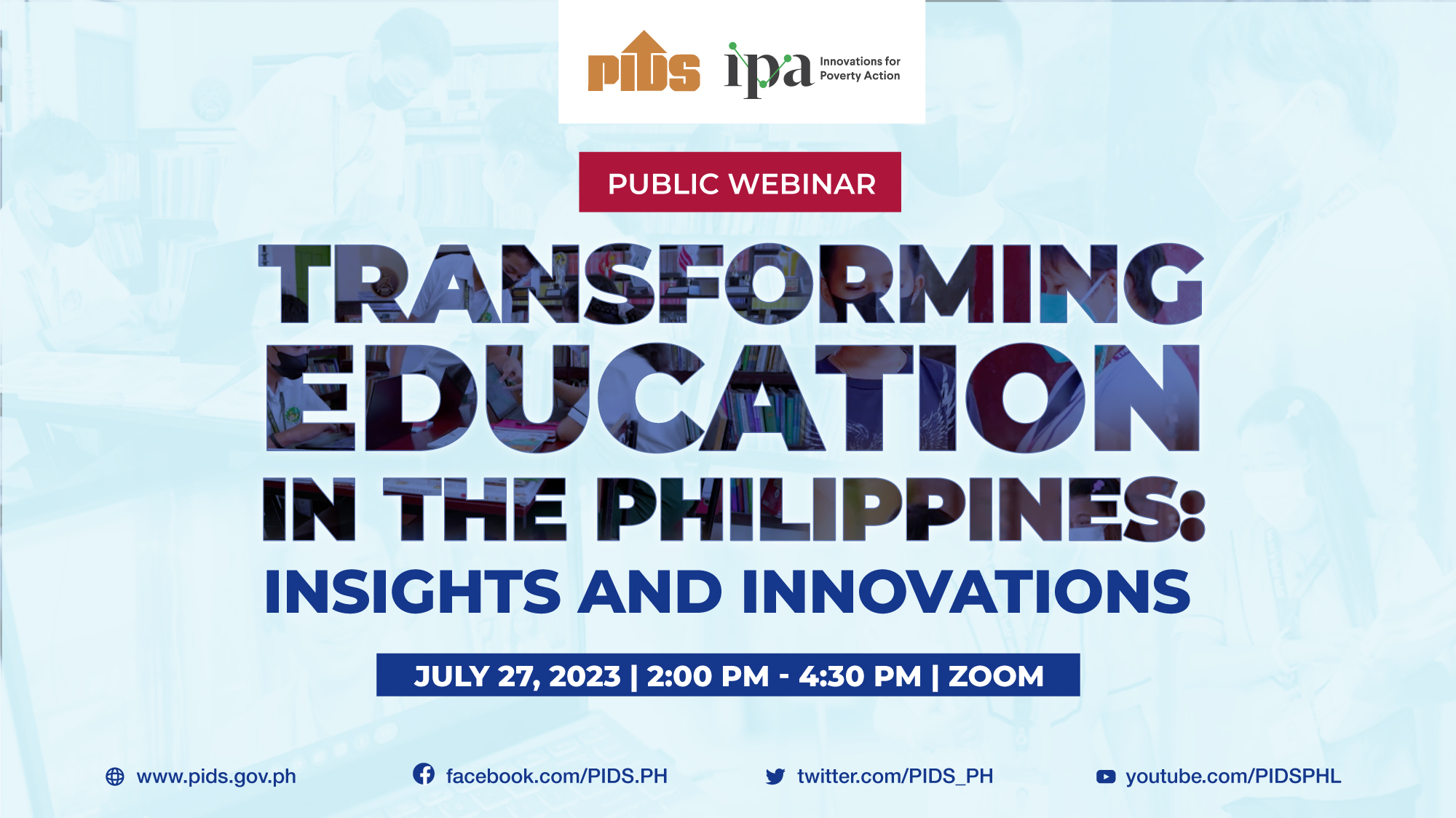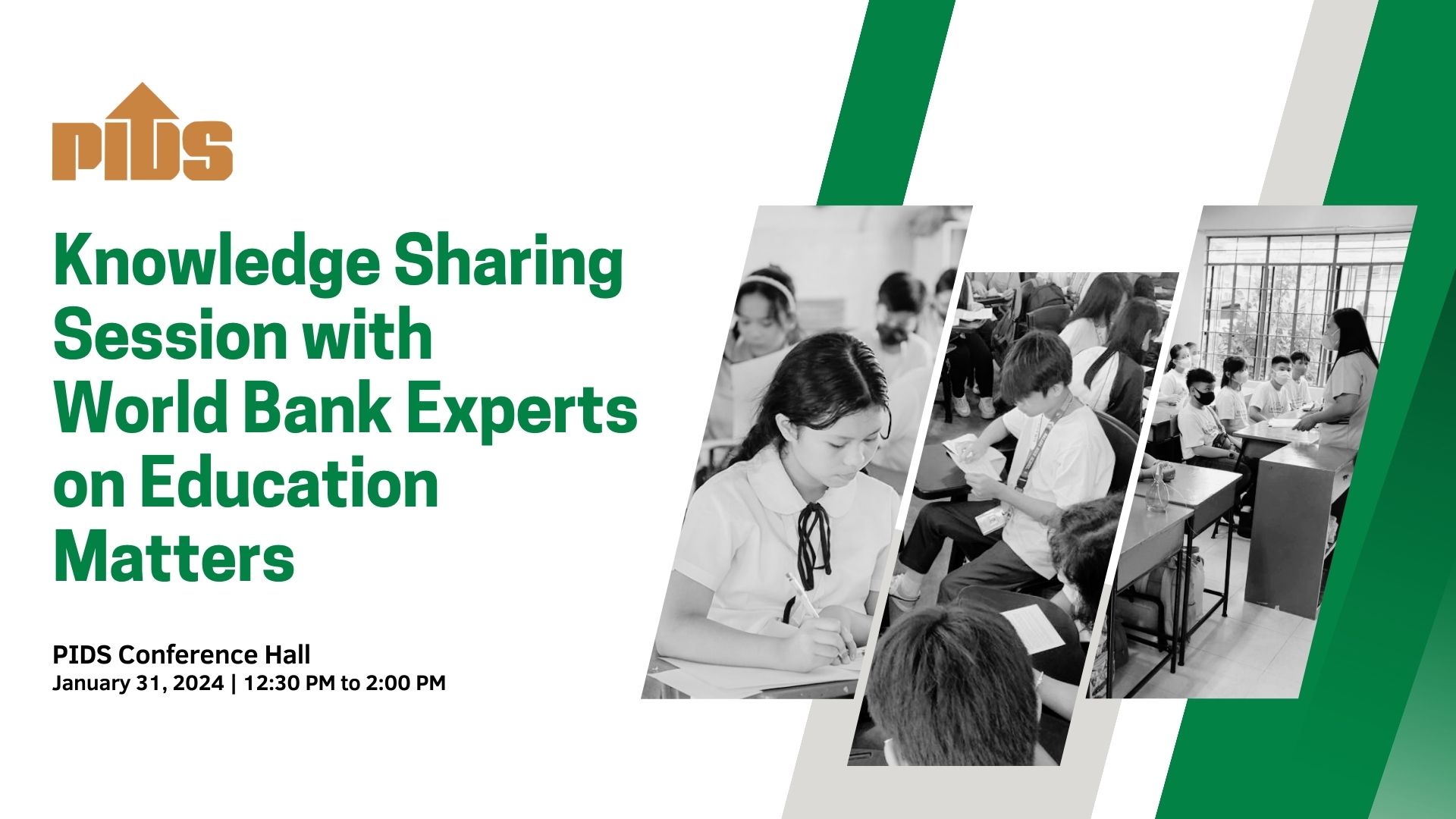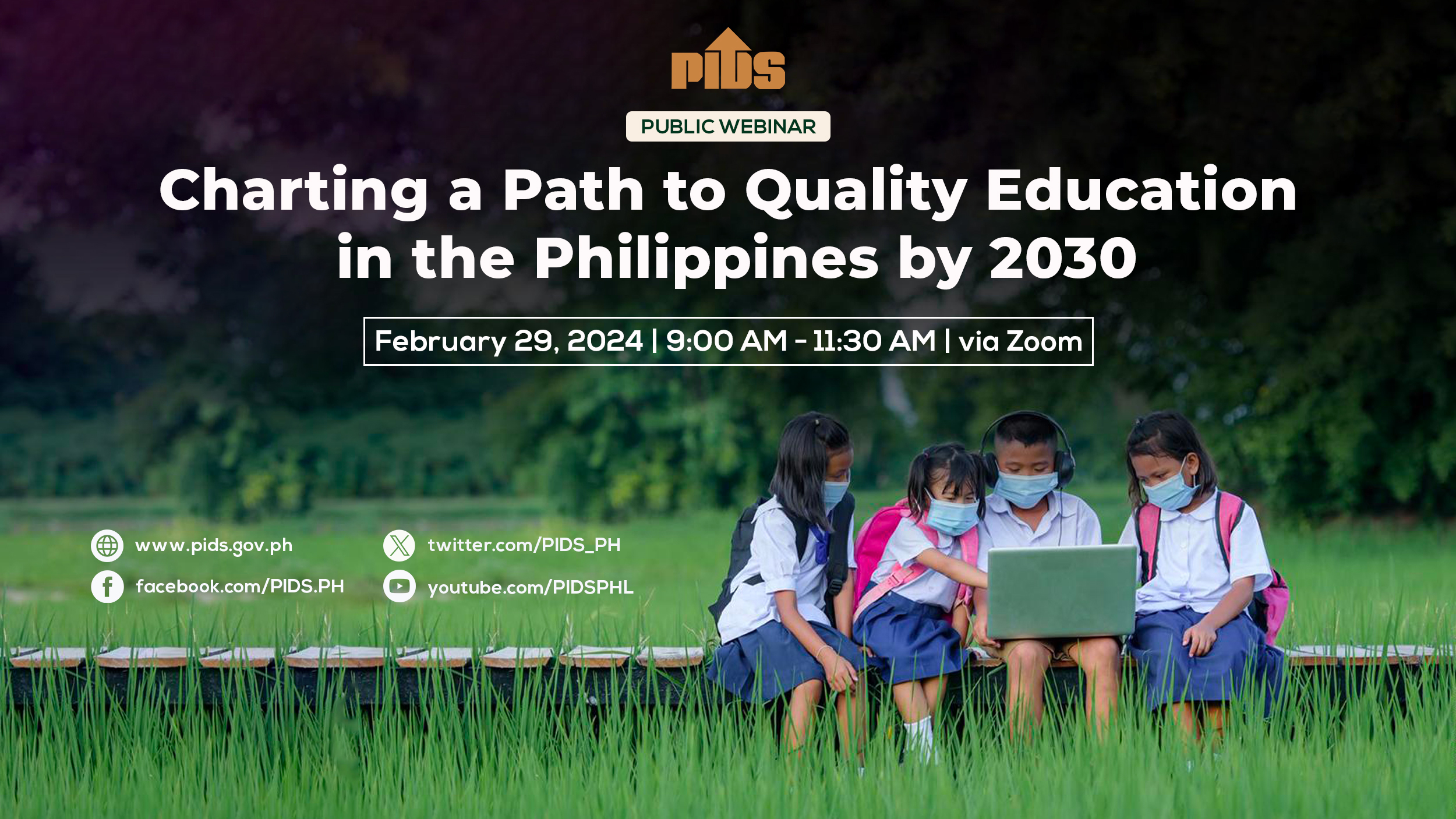REDUCING the student-classroom ratio and instituting remedial programs for lagging students are crucial steps in improving the quality of the country’s education system in the post-lockdown era, according to the government’s think tank.
This will however require more investments, even in Metro Manila, said a Policy Note by Philippine Institute for Development Studies (PIDS) Senior Research Fellow Michael R.M. Abrigo and President Aniceto C. Orbeta Jr.
Abrigo and Orbeta said in Metro Manila, there are still 48 students per classroom while in Bangsamoro Autonomous Region of Muslim Mindanao (BARMM), there are 54 students in a classroom. The target of the government is to bring down these numbers to 40 students per classroom.
“Despite prioritizing education in the government budget, the country’s public education spending remains below its Southeast Asian peers. Indeed, in a recent analysis, countries that performed poorly in the recent PISA (Programme for International Student Assessment), such as the Philippines, have invested relatively less in schooling per person,” Abrigo at Orbeta said.
Apart from this, the two researchers said the majority of students have below-minimum proficiency levels. This means many Filipino children are lagging behind, especially after the longest lockdown in the world.
The authors said during the lockdowns, “children from richer households were also more likely to have better-quality home support through their better-educated parents and guardians.”
The challenge when it comes to quality education is compounded by the struggles before the pandemic. Abrigo and Orbeta noted that “when adjusted for performance, average schooling in the Philippines translates to only 7–8 years’ worth of schooling, or a learning gap of about 6 years.”
“A promising intervention used in other countries is ‘teaching at the right level’, which recognizes differences in student abilities and learning stages and provides appropriate interventions specific to the student’s current learning levels. Such interventions have been proven to be both effective and scalable,” Abrigo and Orbeta said.
Apart from these, the authors recommended leveraging technology for greater student-centered education. Content must be focused on increasing the interaction between teachers and learners as well as enabling greater learners’ control of their education, they added.
They also recommended greater private school participation in the Department of Education’s Education Service Contracting for junior high school, the Senior High School Voucher Program, and the Joint Delivery Voucher Program for Technical-Vocational-Livelihood Specialization.
By expanding these programs, Abrigo and Orbeta said the government may be able to tap on a “cost-effective way of addressing several extant issues on education access and quality.”

